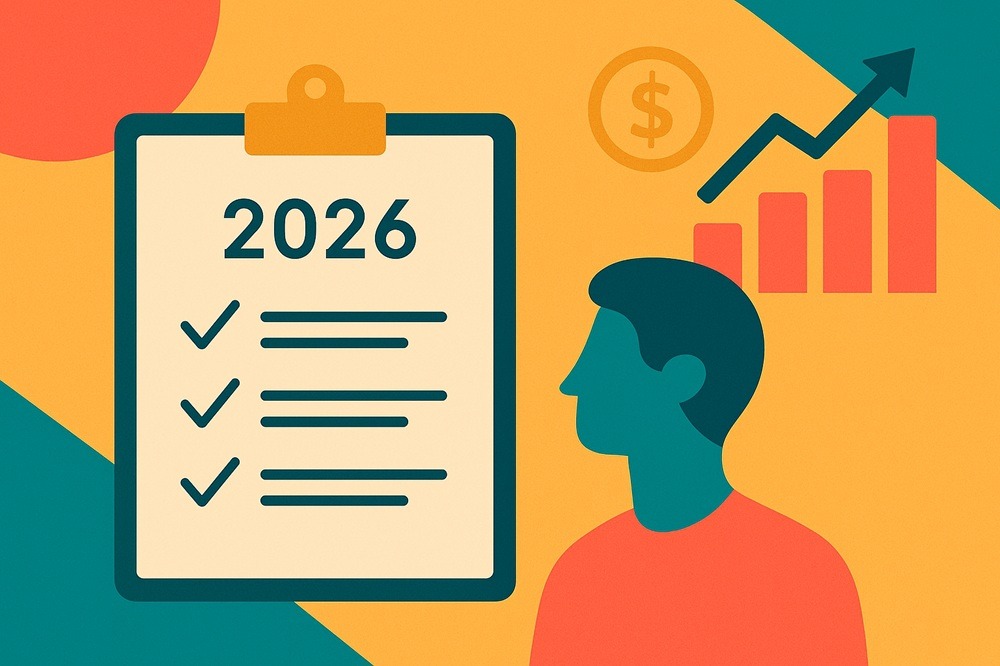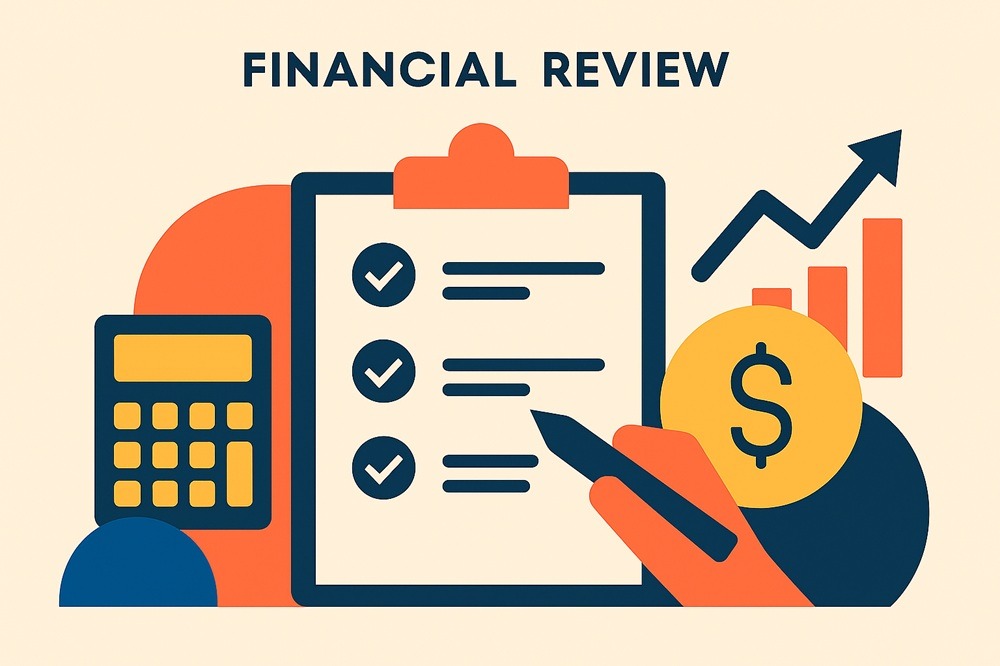What is Risk, Really?

I recently engaged with an insightful video presentation by Howard Marks on the topic of risk. Howard is the author of the book “The Most Important Thing Illuminated: Uncommon Sense for the Thoughtful Investor”. I’d like to share some key insights with you. I believe it's important to understand risk beyond the textbook definitions.
What is Risk, Really?
We often hear that risk is all about volatility, but that’s not the whole story. In reality, risk is about the probability of loss. It’s not just about how much an investment’s value bounces up and down, but the chance that you might lose your hard-earned cash.
Think about it this way: If you buy a share for $1 and sell it a year later for $2, was it risky? Surprisingly, we can’t tell just from the outcome. It could have been a safe bet or a risky gamble where you got lucky.
The Many Faces of Risk
Risk isn’t just one thing. It comes in many forms, like:
- The risk of missing out on opportunities
- The chance of being forced to sell at the bottom
- The possibility of not taking enough risk (yes, that’s a thing!)
One of the biggest mistakes in investing isn’t buying at the high point, but selling at the low point and missing the recovery.
How to Think About Risk
Here are four key points to consider:
- More can happen than will happen: The future isn’t set in stone. There are many possible outcomes, but only one will occur.
- The future is a range of possibilities: Instead of trying to predict exactly what will happen, think about the range of potential outcomes and their likelihood.
- Knowing the odds doesn’t guarantee the outcome: Even if you know the probabilities, you can’t be certain what will happen. It’s like rolling dice - you know the chances, but you don’t know what you’ll roll.
- Expected value can be misleading: Sometimes, the average expected outcome isn’t even possible. Don’t rely solely on this when making decisions.
The Perverse Nature of Risk
Here’s something that might surprise you: Risk is often counterintuitive. For example:
- When people feel safer (like with better climbing gear), they might take more risks, keeping the overall danger level the same.
- As an asset’s price falls, many think it becomes riskier. In reality, it often becomes less risky at a lower price.
Howard also made another mind-bending point: High-quality assets aren’t always safer than low-quality ones. It all depends on the price. Even the best companies can be risky investments if their shares are priced too high.
What This Means for Your Investments
So, how can we use this knowledge? Here are a few thoughts:
- Don’t just look at returns: When evaluating an investment or a fund manager, consider the risk taken to achieve those returns.
- Be wary of ‘sure things’: Remember, even the ‘safest’ investments can be risky if overpriced.
- Consider multiple scenarios: Instead of trying to predict one outcome, think about various possibilities and how likely they are.
- Stay alert in good times: Just because an investment has been performing well doesn’t mean it’s not risky.
- Don’t panic in bad times: Remember, selling at the bottom can be the biggest mistake of all.
Remember, investing isn’t about avoiding risk altogether - it’s about understanding and managing it wisely. Let’s chat more about how these ideas apply to your specific situation. After all, every investor’s journey is quite unique!



